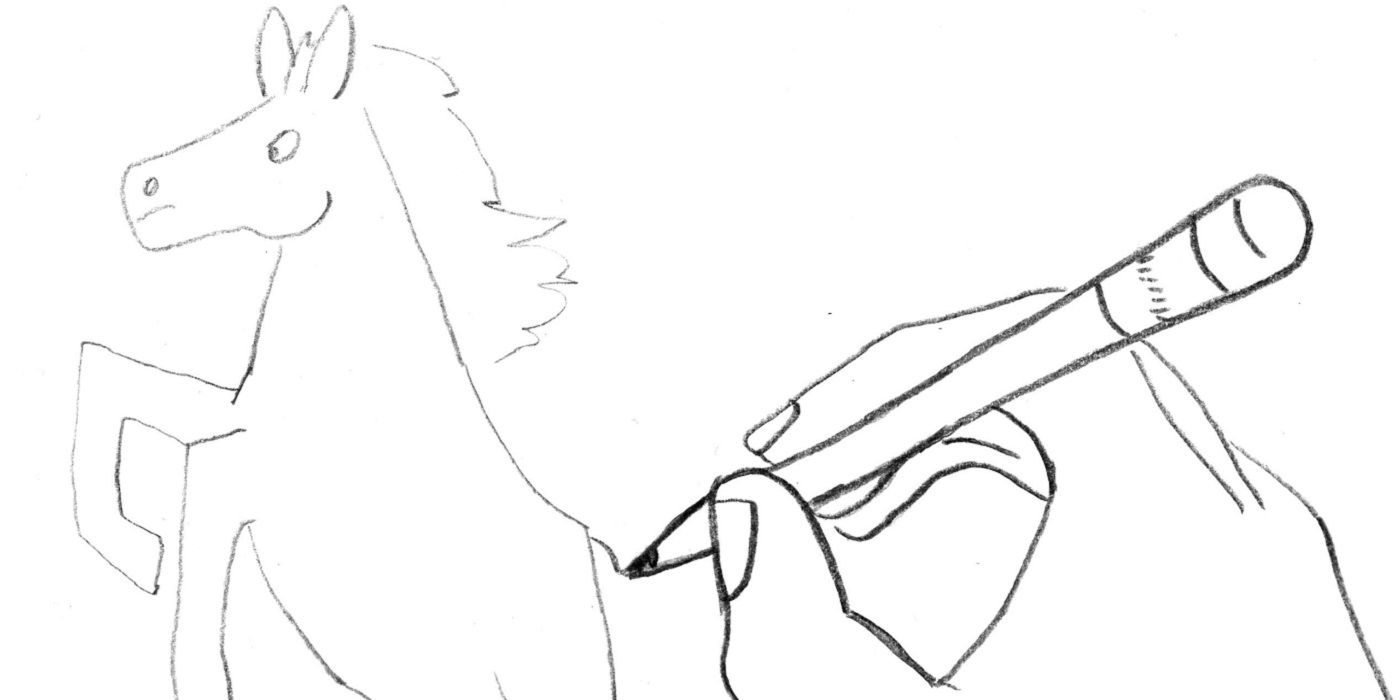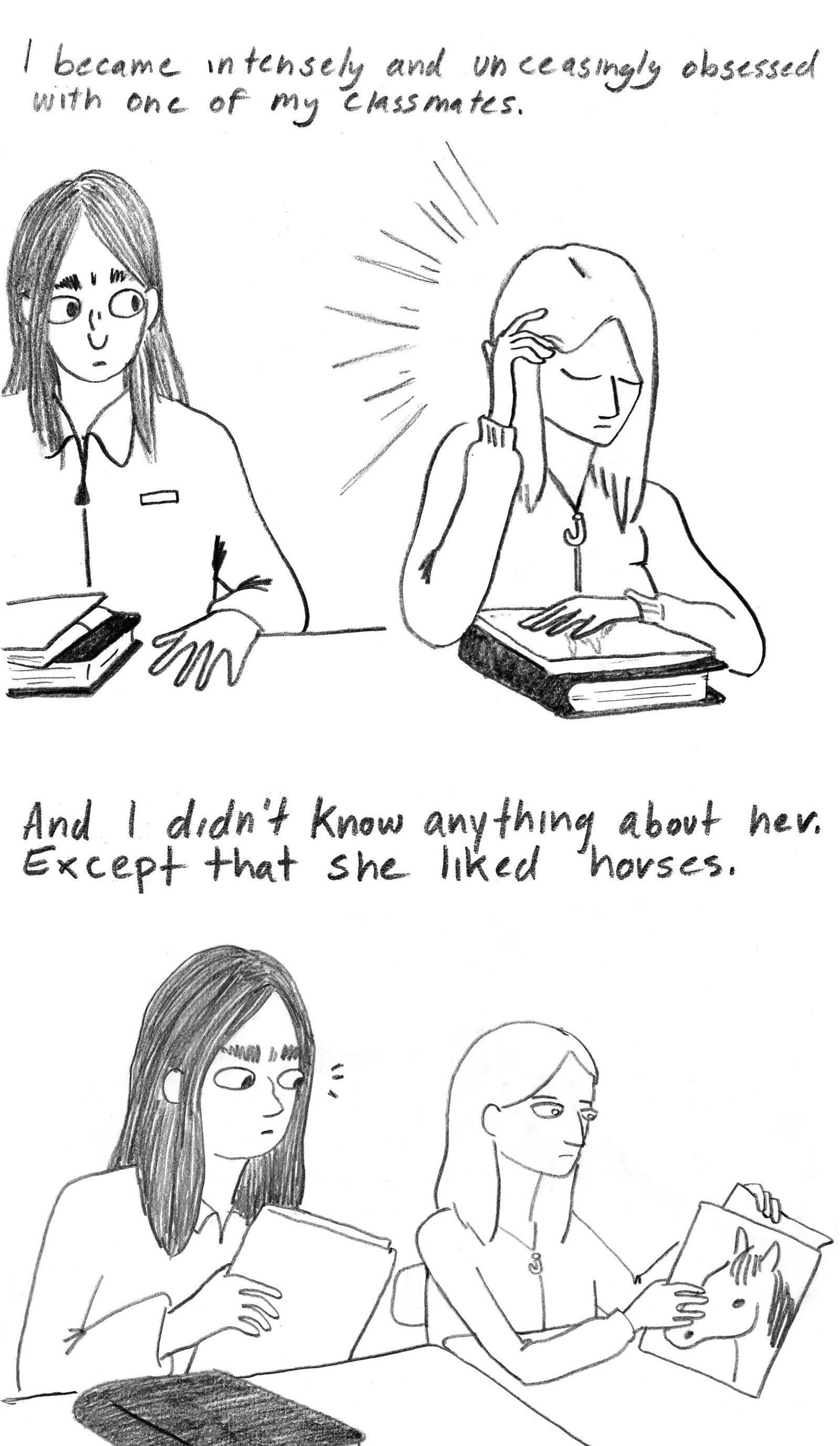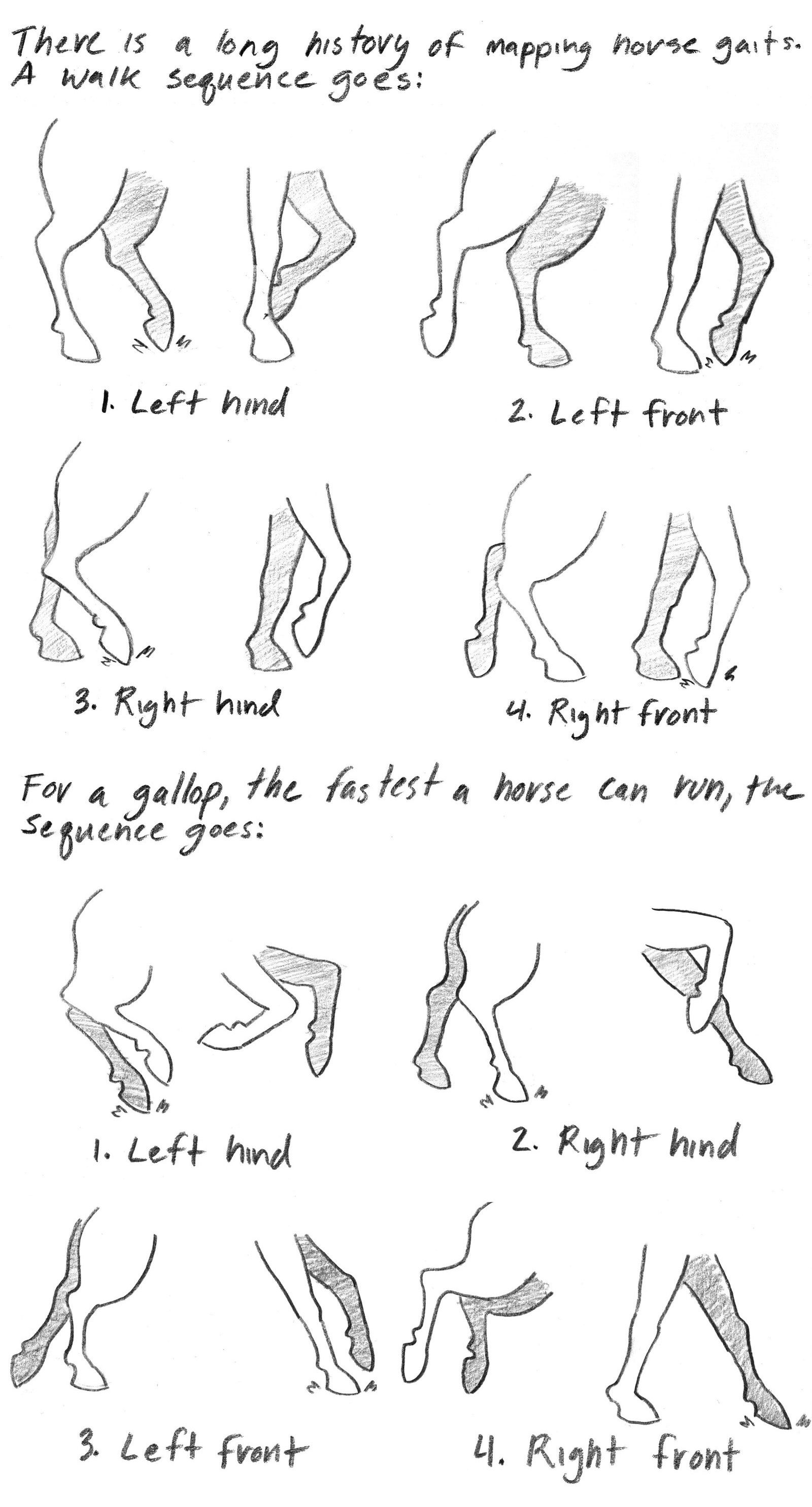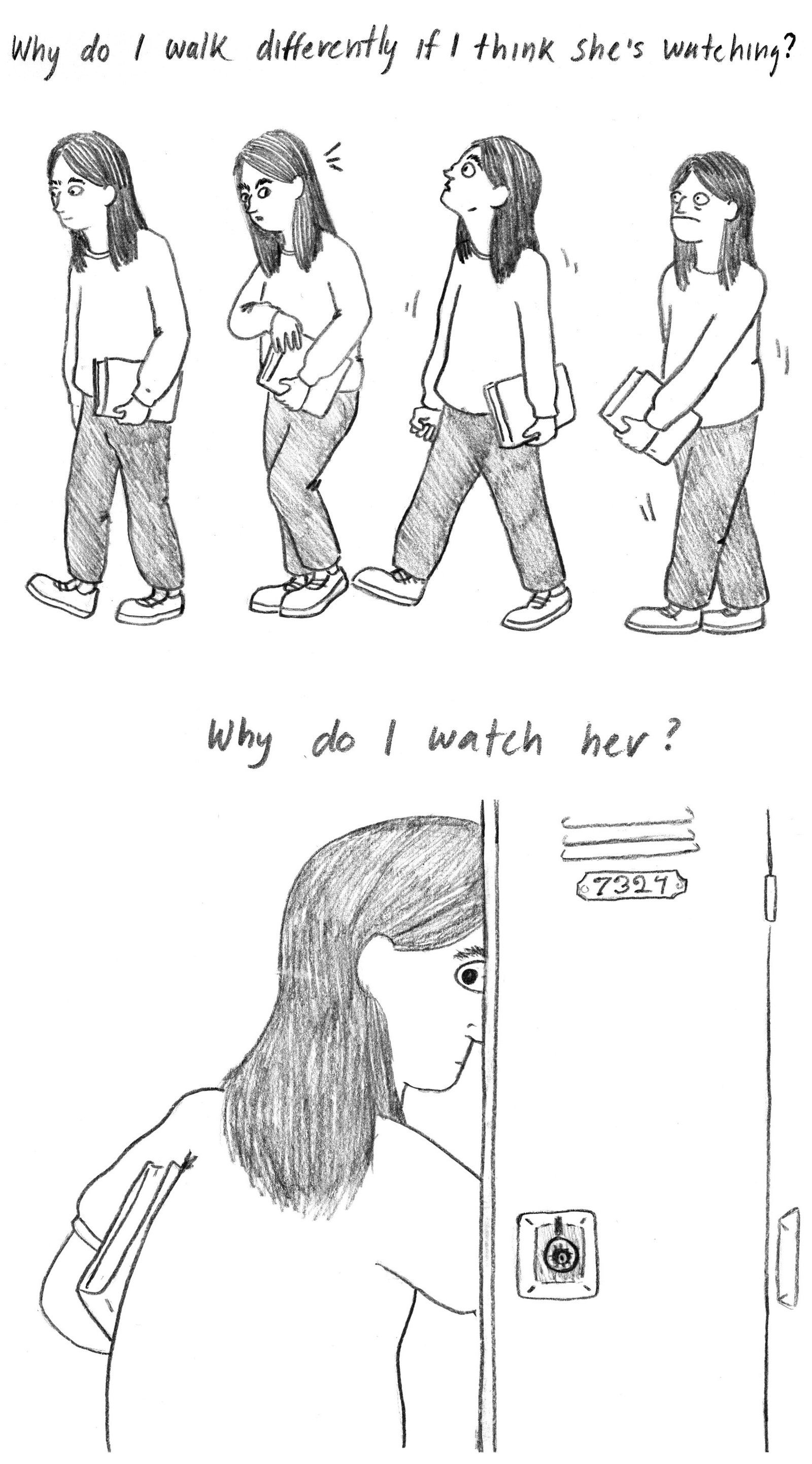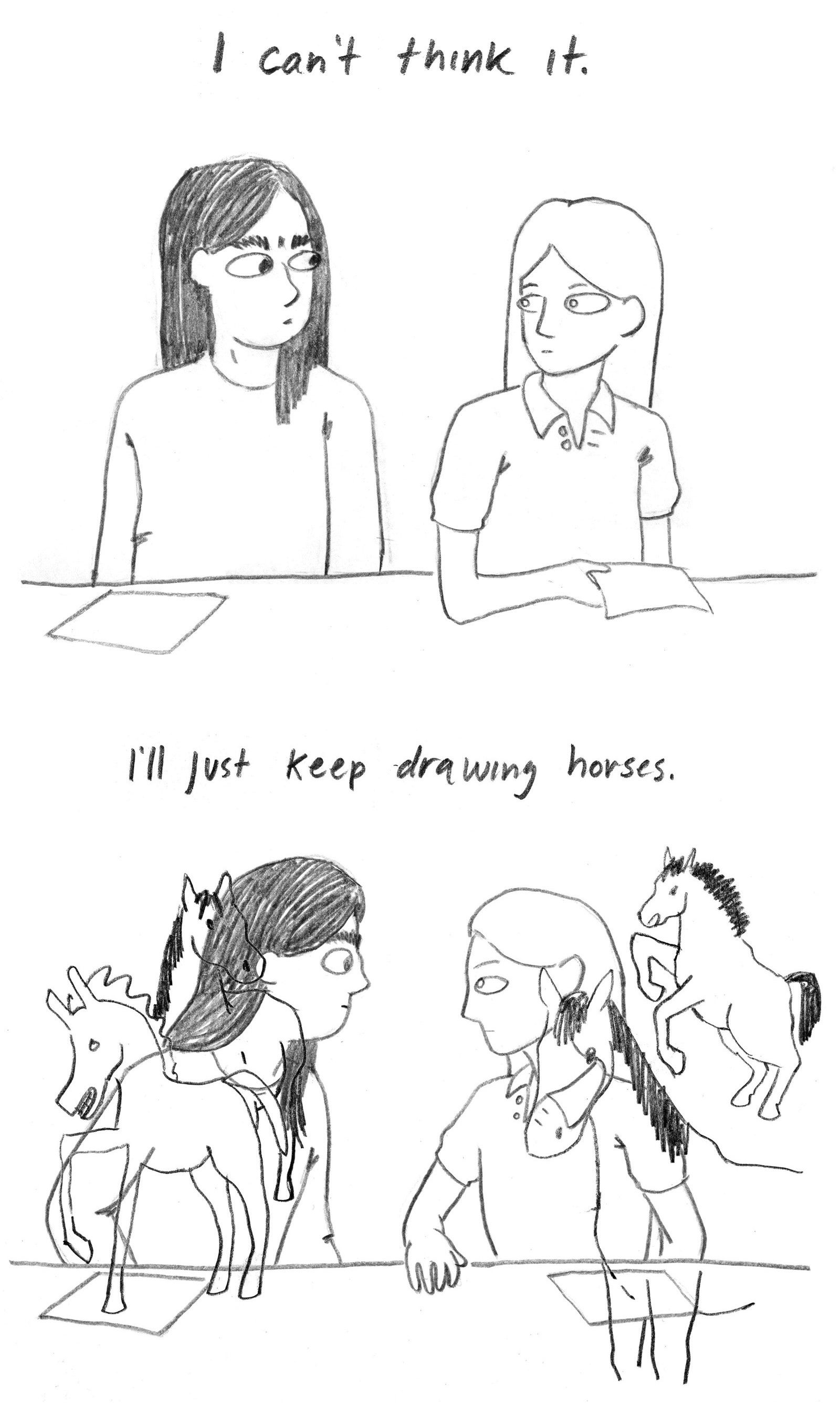Today, I look at the wonderfully charming coming-of-age story, "How to Draw a Horse."
This is Universal Love, a month-long spotlight on LGBTQ comic book stories that I have enjoyed over the years. This isn't meant as a "Best Of" list, since there are so many great works out there, and so I'll spread the love around a bit, as it were.
When I first read "How to Draw a Horse," by Emma Hunsinger a couple of years ago, I loved it so much that I wrote about it right away, but I figure that it is still such a great story (it was nominated for the Eisner Award for Best Short Story) that it is worth covering it in this feature, as well, so I'm repeating much of what I said back then.The story appeared in the New Yorker and just blew me away with its charm and cleverness and, most of all, its heart.
THIS IS IMPORTANT - DOES THE COMIC ACTUALLY TEACH YOU HOW TO DRAW A HORSE?
One of the most delightful things about "How to Draw a Horse" is that it does, in fact, show you how to draw a horse, or at least it definitely does address some of the things that go into learning how to draw a horse. As you may or may not know, horses are infamous among artists as being very difficult to draw well. As Hunsinger notes early in the story, horses are so difficult that if you're going to get good at drawing horses, you will have to NEED to draw them well. And, wouldn't you know it, seventh-grade Emma had a very specific need to learn how to draw horses well. There was a girl in her class that she became obsessed with that all Emma REALLY knew about is that she liked horses.
And so we are off on our journey of how to draw horses. Obviously, though, as you can tell, this isn't really about how to draw horses (even though, again, you DO learn how to draw horses in this comic), but rather about the sorts of things that drive a young artist. This has been present in Hunsinger's work for a number of years, that sort of restless, almost manic energy that exists in young artists who are trying to put together something artistic while, of course, getting caught up in various interpersonal relationships (such is life).
If you could harness nervous energy and turn it into electricity, Hunsinger's characters could power a large city block for weeks. No matter how cool you are, there is always a little part of you that feels awkward in some way, and Hunsinger connects to that universal part of ourselves with "How to Draw a Horse" while, of course, still telling a heartfelt, personal story.
WHAT IS REALLY GOING ON IN "HOW TO DRAW A HORSE"?
In a lot of ways, though, while the story is clearly intended to be heartfelt, Hunsinger sort of sneaks up on you with just HOW heartfelt the story is, as it is obviously couched in the technical parts of, well, you know, how to draw a horse. Slowly but surely, though, it becomes evident how she is tying the horse-drawing journey in with her own life. Some of it is obvious, while other aspects are more subtle. One of my favorite sequences in the book sees Hunsinger examine how horses walk and how horses run...
This is very tricky stuff, and it is why ANIMATING horses is even trickier than just drawing them, as the gallop of a horse can be very confusing when you try to put it into motion. Just see the page as listed by Hunsinger above. See how intricate and complex it is? It is maddening to try to then animate that sort of thing.
And then we see the transition, where the study of how the horse moves to a study in how Emma herself walks, as she has become so obsessed with her classmate that it is affects her very mode of walking.
One of the best things that Hunsinger does with this story is to pepper it with familiar moments like, say, a little sister trying to get access to the family computer while seventh-grade Emma is trying to work on her horse drawings or just chatting with her crush. These interactions are almost a secondary language for people, as they are so familiar that we know exactly what each reference is, but you would almost feel silly trying to define it to someone else. You know, "It's that feeling when you're talking to your crush on the computer when your sister tries to use the computer." It sounds goofy, but it's a universal feeling, just perhaps specific to one point in time, technology-wise. You could probably transfer that emotion to, say, a kid in 1985, dragging a phone cord into a closet for privacy when their sibling wants to use the phone.
Similarly universal is seventh-grade Emma's coming to terms with her feelings for her classmate. She wants to be best friends with her, but that's not really what she wants. She wants something more than that, but it is not something that young Emma can properly express, so instead, she turns to drawing horses. And then, in an absolutely stunning finish, we see Emma's true feelings come to light, while she continues to try to literally paper over them with drawings of horses. It is the sort of dynamic storytelling that you can really only pull off in a comic book form, and it's just brilliantly clever.
What an outstanding way to end the comic and what power and emotion pours through those pages. "How to Draw a Horse" is a powerful work that speaks to pretty much everyone out there and uses the comic book form in delightful ways to do so, while showing a masterful sense of how distinctly effective comic book art can be.
If anyone else has a suggestion for a great LGBTQ comic book, feel free to send in suggestions to me at brianc@cbr.com!

